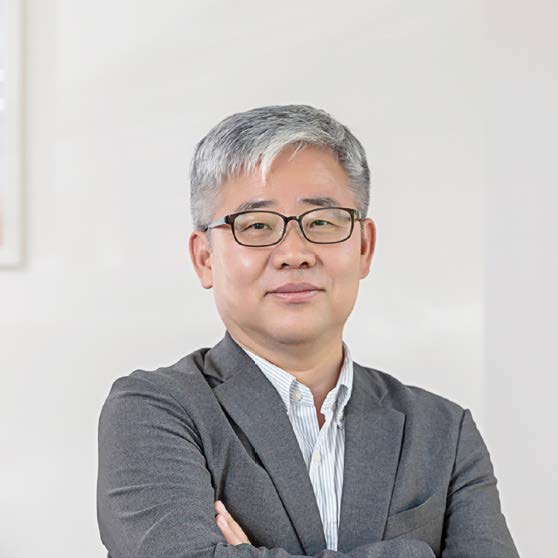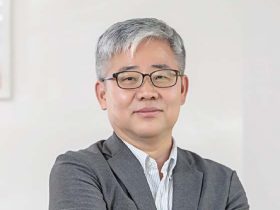Greetings from Seoul,
COVID-19 has brought abrupt halt in our lives and created gaps between friendships as well as relationships. In the midst of this unprecedented crisis, we believe that trust and cooperation are the key to combat this global pandemic. Bearing that in mind, I am pleased to announce that the NRICH has released its second issue of “NRICH”, an English magazine on Korean cultural heritage research projects. The first issue of “NRICH” was launched on November 2020 with an effort to publicize the values and information on Korean culture and natural heritages with the global society. As “NRICH” began its journey with great support and encouragement from its first release, it will continue to share the latest research achievements and news of the institution twice a year.
Every issue of “NRICH” covers special articles of Korea’s cultural heritages through its Featured Column, Mini Essay sections and NRICH Inside which contains various news, archeological reviews and publications. The aim of the each article is to promptly deliver the academic research achievements as well as to give better understanding for the general public and non-professional readers all around the world.
The main theme of the second issue illuminates on the ‘Korea’s Ancient Capitals.’ Korea, also known as the ‘country of fortresses,’ has built countless unique and distinct fortresses from the ancient times. Theses fortresses were built on the national borders and all regions throughout Korea to provide important protection against invaders. Time to time, three layers of fortress walls are found. They are castle walls, outer walls and inner walls especially surrounding the city capitals. The walls are categorized depending on their structures such as earth mound, stone or the combination of both.
The tradition of building fortresses began from the kingdoms of Gojoseon, Buyeo, Jin and continued throughout not only the Three Kingdoms Period of Koguryo(Goguryeo), Baekje and Silla, but also the post kingdoms such as Goryeo and Joseon in the Korean history. Designated as the UNESCO World Heritage Sites, some of these fortresses are undergoing extensive research and maintenance.
In this second issue, we are proud to present our research results on ancient capitals of Korea which have been revealed through the various archeological network and cooperation. Readers can also find the stories about the ancient capitals virtually restored by the ancient capital Pilot Geographic Information System (GIS) and AR digital technology, reinterpretation and utilization of the mysterious Koguryo(Goguryeo)’s tomb mural and its patterns, and finally the radiocarbon dating which can determine and measure the age of organic matter.
As a ‘deliverer’ of Korea’s cultural heritage, NRICH will strive to pursue the values of both Korea and the world heritages in order to promote and share them with the global community.
Thank you.
Director General of National Research Institute of Cultural Heritage
Dr. JI Byongmok





Leave a Reply